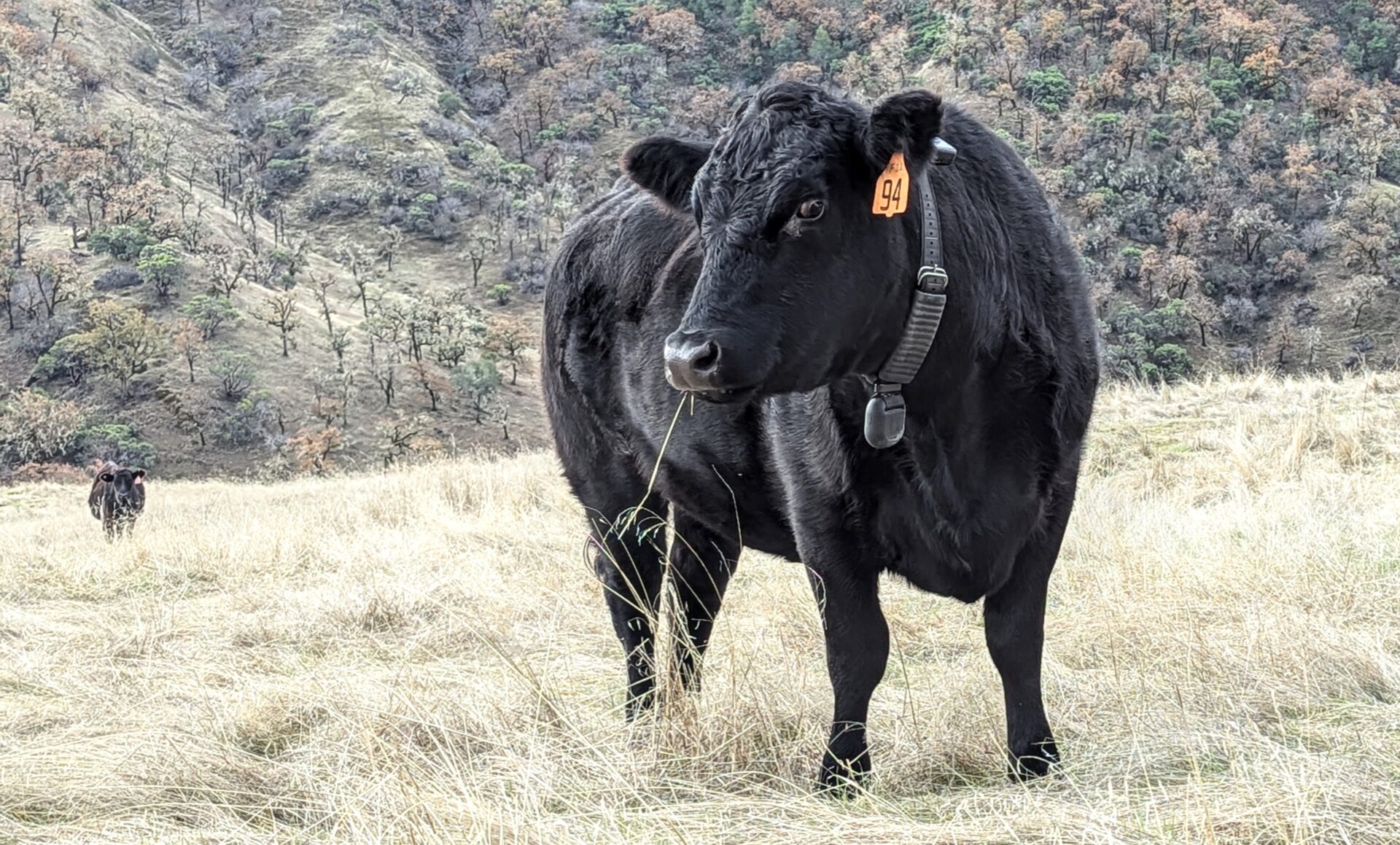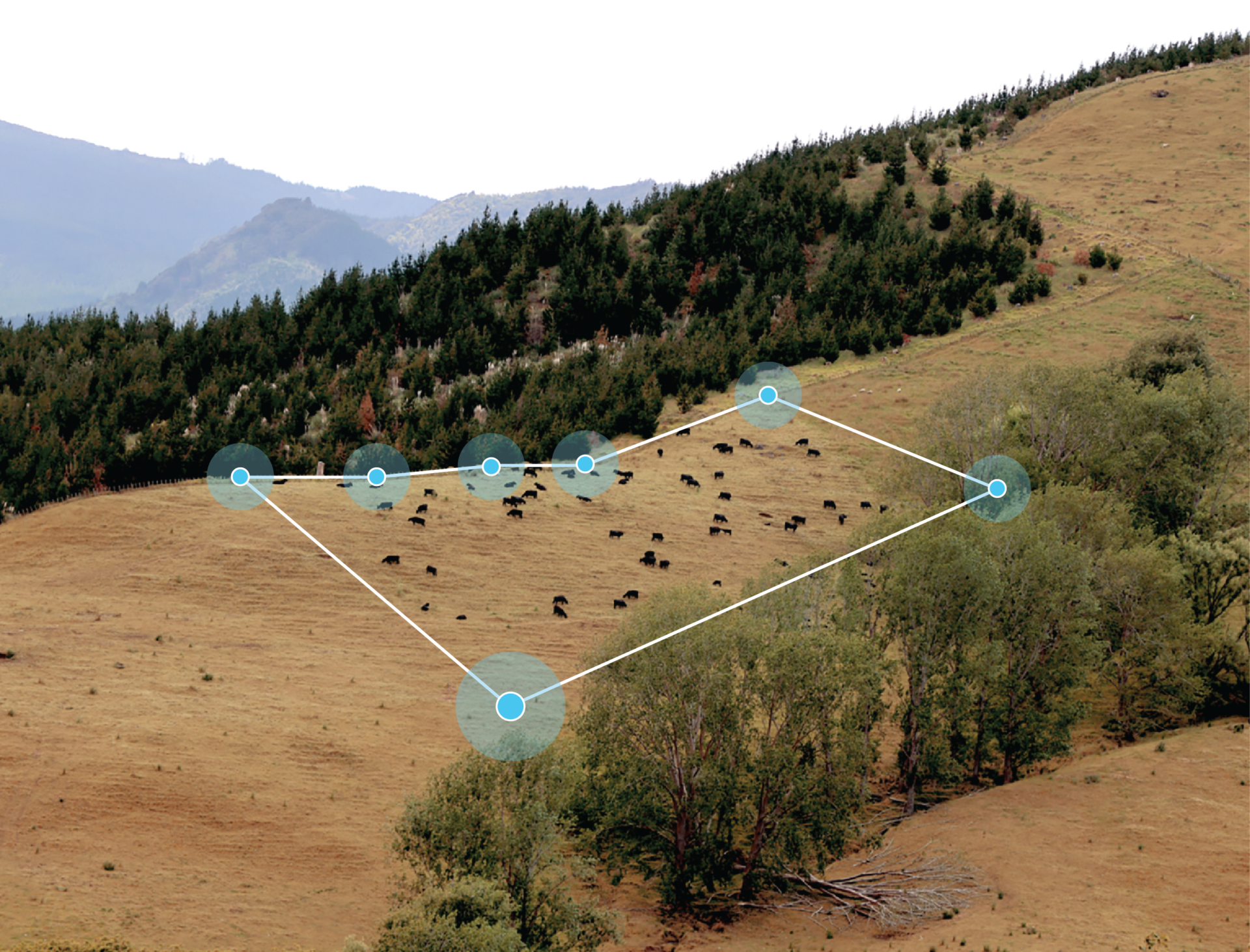New Zealand-based Halter will make its virtual fencing technology available to more US ranchers via a new partnership with the Bureau of Land Management (BLM) and it’s charitable arm, the Foundation for America’s Public Lands (APL).
The parties will provide technical and financial assistance in bringing virtual fencing to ranchers that utilize BLM-managed public lands in the US.
“This partnership is about unlocking the full potential of our public lands,” said Zachary Ormsby at the Bureau of Land Management. “Joining forces with producers and embracing innovative tools like Halter’s virtual fencing, allows us to create a blueprint for smarter grazing and thriving ecosystems.”
Leasing public land to graze cattle is a longtime practice among US ranchers that goes back to the nineteenth century, with more specific “grazing districts,” regulations, and permits coming with the Taylor Grazing Act of 1934.
Today, the BLM says it has issued nearly 18,000 permits and leases to ranchers who graze their livestock (sheep and cattle primarily) on over 21,000 allotments of US land. This equates to roughly 155 million acres of US public land under BLM management.

Financial and environmental benefits in virtual fencing
Halter president Andrew Fraser says a key benefit of virtual fencing is keeping cattle within certain boundaries on that public land without the time and expense needed to build and maintain physical fences.
“So much of ranching in general is on public land, and so the more that we can do to support those ranches, the better,” he tells AgFunderNews.
Halter outfits cattle with wireless “smart” collars that connect to transmission towers installed in the area. The collars use embedded vibrations and sound cues to guide cows, while ranchers use an app to set boundaries, monitor herd activity and movement, and keep cattle within the boundaries.
While still a relatively young concept, virtual fencing technology is gaining ground thanks to some practical benefits as well as environmental ones. It’s easier to digitally set a fence boundary on a smartphone than build and maintain miles of physical fences, for example. And virtual fencing also can allow wildlife to more easily migrate across grazing land and is linked to improvements in grazing patters, healthier soil and biodiversity gains.
Halter, which works with ranchers in New Zealand, Australia, and the US, landed a $100 million Series D earlier this year, further underscoring interest in the technology. Currently the company works with 150 ranchers across 18 US states.
The company says it has about 1,000 users total and laid down more than 128,000 miles of virtual fencing in 2024.

Beyond grazing benefits
The partnership with BLM includes $2.7 million provided by BLM charity arm APL. The first recipient of some of that money is Cotoni-Coast Dairies in California, a beef operation that grazes cattle on BLM-managed lands that are also becoming part of the California Coast National Monument.
“This land has a lot more to offer beyond just grazing,” Paige Pastorino, whose family owns the ranch, said in a statement. “For the past 25 years, it’s given my family a sense of purpose and connection. With Halter, we can manage how we use it more thoughtfully and be part of what the monument becomes over time.”
The money will cover ranchers’ initial costs for using Halter’s system.
“Then we can work with the ranchers to kind of make sure they are getting the most out of the Halter system and getting all of the benefits,” says Fraser. It’s a good example of “how virtual fencing technology can be brought to public lands, demonstrating what’s possible when government agencies, producers, and technology providers work together.”
Cotoni-Coast Dairies is the first of numerous ranches that will leverage the funds and assistance, he adds.
“There will be a number of different ranches we will be covering with this funding over a number of different states over the next year. The plan is quite wide ranging.”
The post Halter will equip more US ranchers with virtual fencing tech via new partnership with federal land manager appeared first on AgFunderNews.




